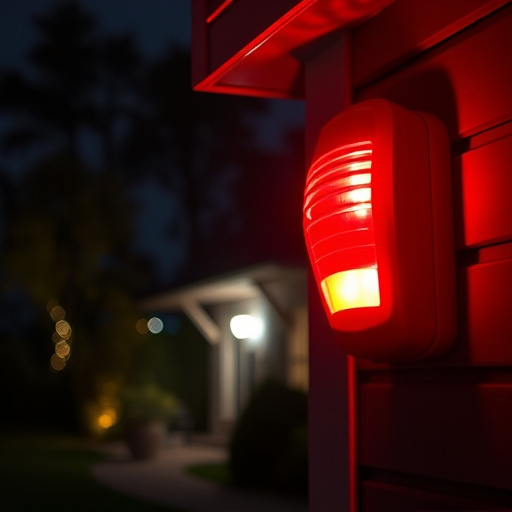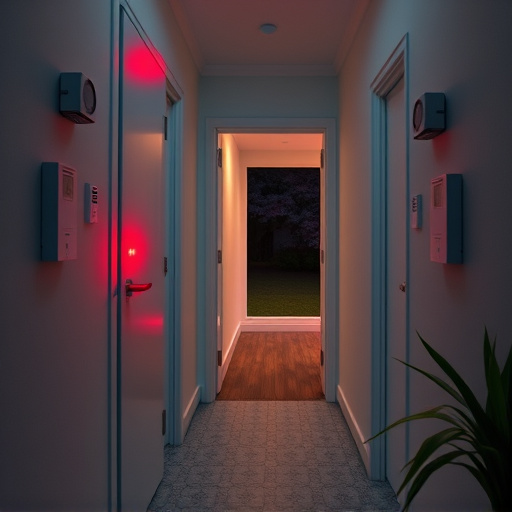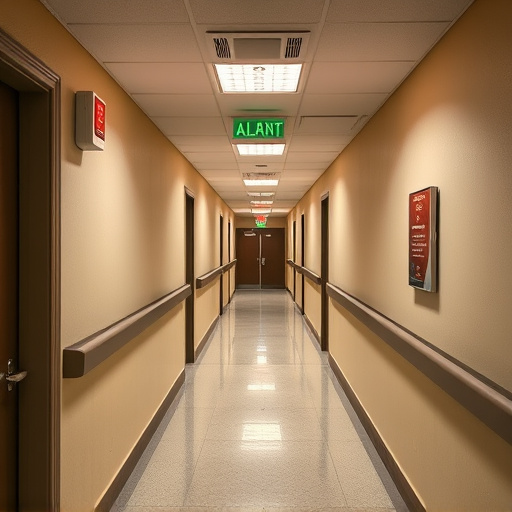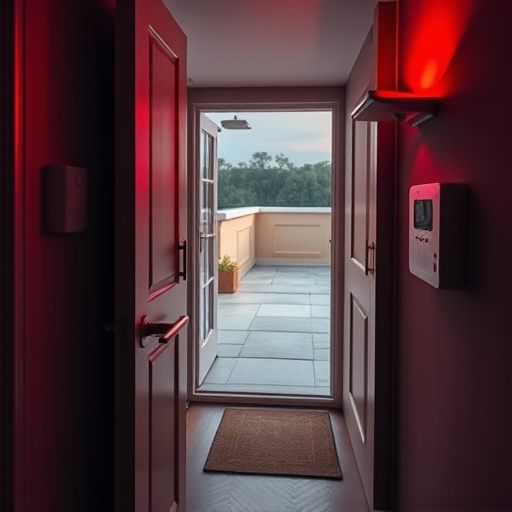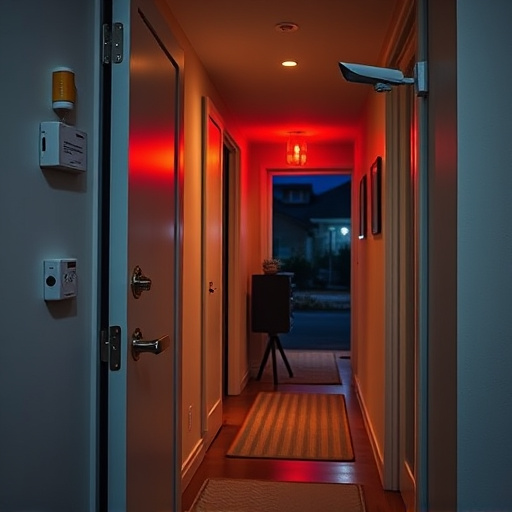Installing a smart home security system with motion detection, HD cameras, and real-time alerts enhances personal safety. Integrating these systems with IoT devices provides holistic protection. Regular updates, maintenance, and education on basic safety protocols, including smoke detectors and first aid, are crucial. Emergency response planning using interconnected smart devices ensures preparedness. Proactive maintenance of safety equipment and regular family meetings promote a culture of awareness and security.
In today’s digital age, enhancing personal safety at home has become more vital than ever. Here are some effective strategies to boost your family’s security, incorporating valuable smart home safety tips. From installing state-of-the-art security systems that monitor your residence 24/7 to educating residents on simple yet powerful safety protocols, each step ensures a robust defense against potential risks. Regular testing of emergency response plans and safety equipment is crucial for peace of mind.
- Install Smart Home Security Systems
- Educate Residents on Basic Safety Protocols
- Implement Emergency Response Plans
- Regularly Update and Test Safety Equipment
- Promote a Culture of Awareness Through Communication
Install Smart Home Security Systems
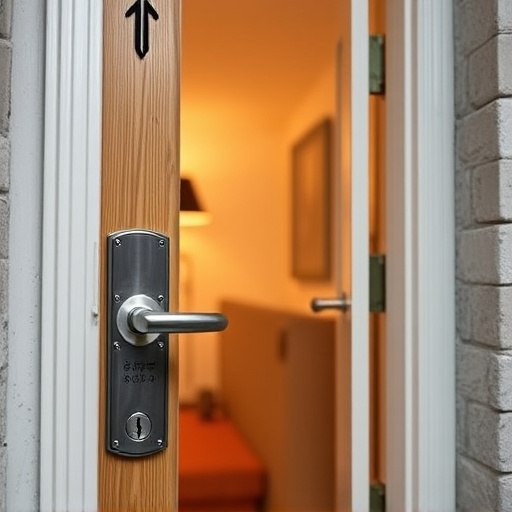
Installing a smart home security system is one of the most effective ways to boost your personal safety awareness at home. These systems go beyond traditional alarm setups by offering advanced features like motion detection, HD cameras with night vision, and real-time alerts delivered directly to your smartphone. They also allow you to remotely monitor your home’s entry points and control access through smart locks, ensuring that only authorized individuals can enter.
Smart home safety tips include integrating these systems with other IoT devices for a comprehensive approach. For instance, connecting your security cameras to smart speakers enables two-way communication, enhancing your ability to respond swiftly to any potential threats. Regular updates and proper maintenance of the system are also crucial to guarantee its effectiveness and keep your home secure in today’s digital era.
Educate Residents on Basic Safety Protocols
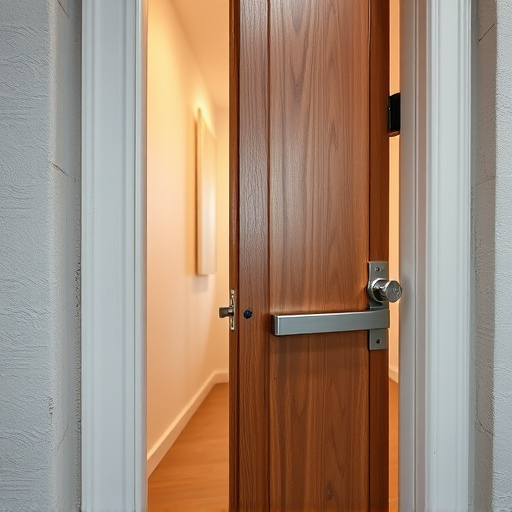
Educating residents on basic safety protocols is a fundamental step in enhancing personal safety at home. Incorporating smart home safety tips into everyday routines can significantly improve security. Start with simple measures like installing and demonstrating the use of smoke detectors, carbon monoxide alarms, and fire extinguishers. Ensure everyone knows how to respond during emergencies, including evacuation routes and meeting points.
Additionally, teaching basic first aid and CPR can provide crucial skills for handling unexpected situations. Regularly updating contact information and emergency protocols is also vital. By empowering residents with knowledge, they become better prepared to handle potential hazards, making your home environment safer and more secure.
Implement Emergency Response Plans
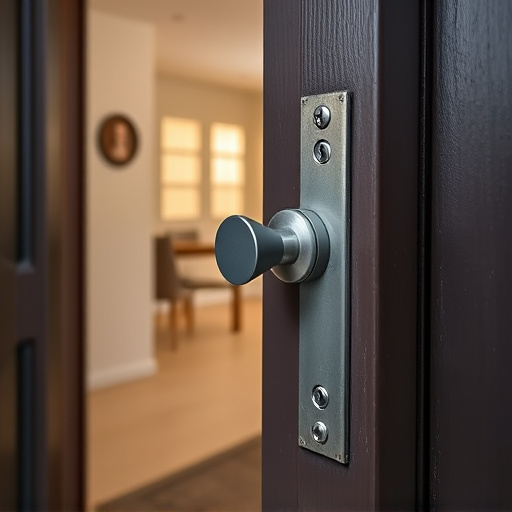
In the realm of smart home safety tips, implementing emergency response plans is a pivotal strategy. These plans should detail clear communication protocols among all household members, outlining evacuation routes and meeting points in various scenarios like fires, natural disasters, or medical emergencies. Regularly practicing these drills ensures everyone knows their roles and responsibilities, enhancing overall preparedness.
Using smart home devices can further bolster this preparation. For instance, interconnected alarms and sensors can provide real-time alerts, enabling swift action. Automated systems that notify emergency services when triggered can also ensure prompt response times. Integrating such innovations into your home safety routine makes it not just a plan but a well-oiled, efficient system designed to protect all occupants.
Regularly Update and Test Safety Equipment
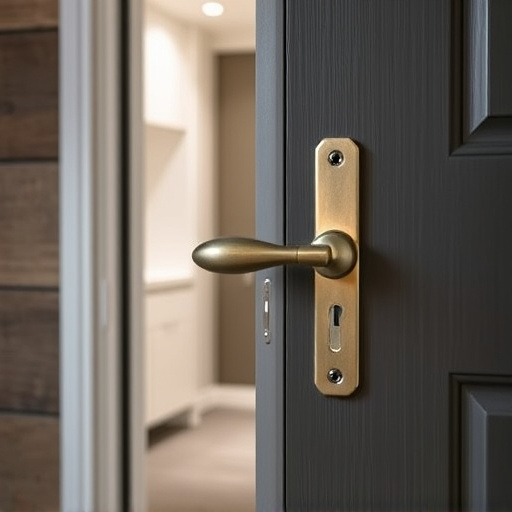
Staying safe at home starts with regularly updating and testing your safety equipment, a crucial aspect of smart home safety tips. Smoke detectors and carbon monoxide alarms should be replaced every 10 years to ensure they remain effective. Test them monthly to verify they’re functioning properly, and consider installing smart alarms linked to your security system for real-time alerts on your phone.
Similarly, fire extinguishers should be checked annually and their pressure tested bi-annually. Keep them in easily accessible locations and familiarize yourself with their use. Regular maintenance of these devices could mean the difference between a minor inconvenience and a major disaster in the event of an emergency.
Promote a Culture of Awareness Through Communication
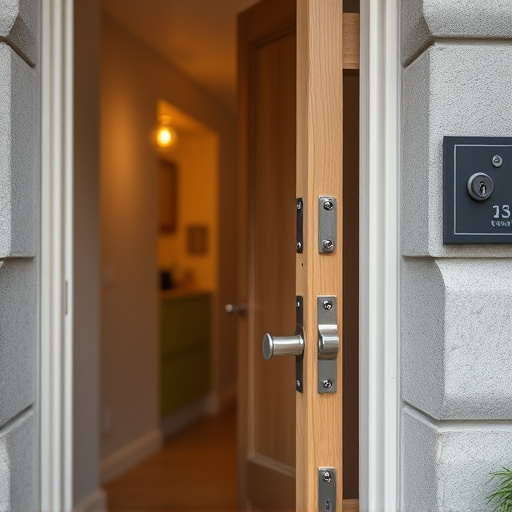
Promoting a culture of awareness at home starts with open communication. Educate every member of your household about personal safety, emphasizing simple yet effective practices like locking doors and windows, creating secure passcodes, and regularly testing smoke and carbon monoxide detectors. Incorporating smart home safety tips into daily routines can significantly enhance security. For instance, setting up automated alarms that notify everyone when a door or window is left open encourages consistency in following safety protocols.
Regular family meetings dedicated to discussing safety scenarios further reinforces the importance of awareness. Teach children and adults alike how to respond during emergencies, including evacuation plans and meeting points outside the home. This collaborative approach ensures that everyone understands their role in maintaining a safe environment, fostering a culture of vigilance and preparedness.
Boosting personal safety awareness at home is a multifaceted approach, from installing advanced smart home security systems to regularly testing safety equipment. Educating residents on basic protocols and promoting a culture of awareness through open communication are also vital components. By implementing these simple yet effective smart home safety tips, you can create a secure and informed environment that protects your family and property.
